Ovarian Cancer : Early Signs, Detection and Treatment
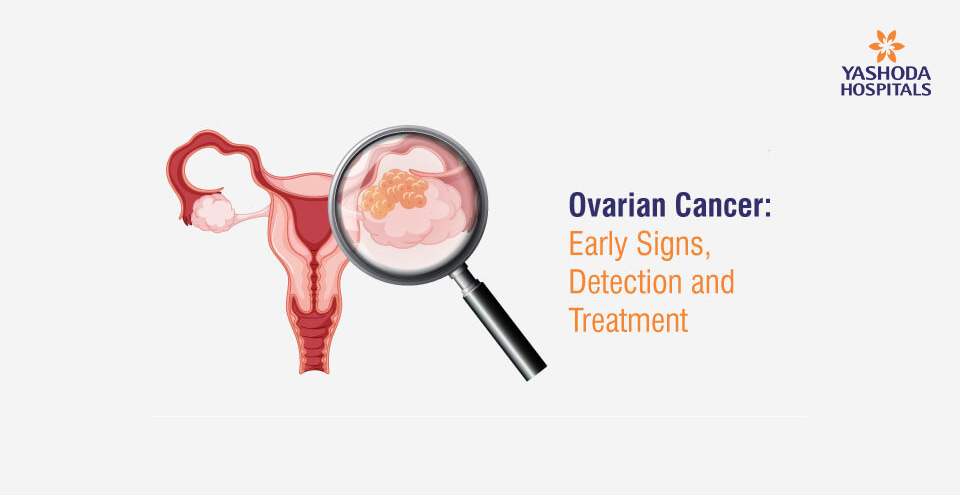
Cancers that begin in the cells of the ovary, fallopian tube, or peritoneum are commonly referred to as “ovarian cancer.” The cancers are closely related and are treated similarly. These cancers start when healthy cells in these areas begin to change and develop out of control, forming a tumour. Tumors may be cancerous or noncancerous. A malignant tumour has the potential to develop and spread to other areas of the body. The term “benign tumour” refers to a tumour that can develop but not spread.
An ovarian cyst is a tissue growth that develops abnormally on the surface of the ovary. It can happen at any time during a woman’s regular menstrual cycle and typically goes away on its own. Simple ovarian cysts may not be cancerous.
According to recent findings, the majority of ovarian/fallopian tube cancers are high-grade serous cancers (HGSC). Cancer begins in the distal, or outer, end of the fallopian tubes in most cases. Then it extends to beyond the ovaries’ surface.
What are the symptoms of Ovarian Cancer?
The epithelium or outer lining of the ovary is where most ovarian cancers begin. There can be a few or no signs in the early stages. These symptoms can be misleading to those of premenstrual syndrome, irritable bowel syndrome, or a transient bladder infection. If left untreated these symptoms can become worse leading to ovarian cancer.
Ovarian cancer symptoms may occur at any time, but they are more common in the later stages as tumours press against the bladder, uterus, and rectum.
The following are the most common symptoms of ovarian cancer:
- Bloating
- Pelvic or abdominal pain
- Feeling of fullness soon after eating
- Urge to urinate
Other signs include:
- Indigestion or stomach upset
- Fatigue
- Constipation
- Back pain
- Pain during sex
- Menstrual changes
- Abdominal swelling
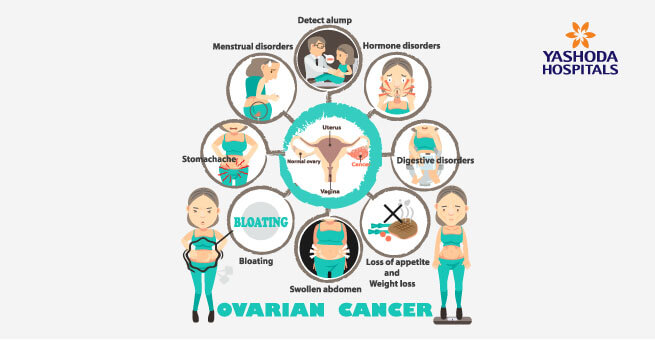
These signs can be caused by various other medical conditions and necessarily doesn’t lead to ovarian cancer. If any of these symptoms are recent, repeated, or recurrent, consult your doctor immediately.
What are the risk factors that cause Ovarian Cancer?
The following are some of the risk factors for ovarian cancer:
- Family history of cancer
- Previous medical history of breast cancer
- Mutation in the BRCA1 or BRCA2 genes or genetic risk factor for breast or ovarian cancer
- First full-term pregnancy after 35 years of age
- Never had a full-term pregnancy
- Hormone therapy after menopause
- Obesity
- Fertility and hormone based treatments
- Endometriosis
- Increasing age
- Lynch syndrome
Ovarian cancer may occur even if none of these risk factors is present. Having all of these risk factors, on the other hand, does not guarantee that you will develop ovarian cancer.
How to detect Ovarian Cancer at an early stage?
Only about 20% of ovarian cancers are found at an early stage. There are various screening tests to detect cancer at an early stage once a woman identifies any of the above-mentioned symptoms and seeks immediate medical attention.
Early Detection of Ovarian Cancer
Regular health checkups
During a pelvic exam, the health care provider checks the size, shape, and functionality of the ovaries and uterus. While a pelvic exam can detect certain female cancers at an early stage, the majority of early ovarian tumours are difficult or impossible to feel. Pelvic exams, on the other hand, can aid in the detection of other cancers or female conditions. Women should talk to their doctors about whether or not these tests are necessary.
Cervical cancer screening tests, such as the Pap test or the HPV (human papillomavirus) test, may not be accurate for early-stage ovarian cancer. When they are screened using the Pap Test, they can be in an advanced stage.
Screening tests for ovarian cancer
Screening tests are used to diagnose diseases in individuals who have no symptoms, especially cancer.
- Transvaginal ultrasound (TVUS): TVUS is a form of imaging test that uses sound waves to detect tumours in the reproductive organs, including the ovaries. Yet it cannot assist the doctor in determining if tumours are cancerous
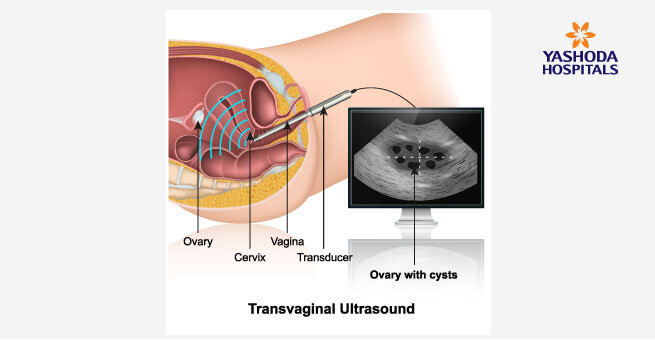
- Abdominal and pelvic CT scan: These are the imaging techniques that visualizes the ovaries internally for the presence of any cancer cells or abnormalities. If a patient is allergic to dye, they can recommend a pelvic MRI scan instead of an abdominal and pelvic CT scan.
- Blood test for cancer antigen 125 (CA-125) levels: CA-125 is a biomarker that is used to determine treatment response for ovarian cancer and other reproductive organ cancers. It is a blood test that measures cancer antigen 125 (CA-125) levels. CA-125 levels in the blood may be affected by menstruation, uterine fibroids, and uterine cancer.
- Biopsy: A biopsy is a procedure that involves collecting a small sample of tissue from the ovary and examining it under a microscope.
What are the treatment options for Ovarian Cancer?
There are many factors that are considered in choosing the appropriate treatment option for an ovarian cancer patient. These include:
- Type, stage, and grade of the cancer
- Individual’s age and overall health
- Patient’s personal preferences
- Cost of treatment
Treatment options include:
Surgery
Surgery may be used to confirm the diagnosis, assess the cancer’s stage, and possibly remove the cancer cells. During operation, the surgeon may attempt to remove all cancerous tissue. A biopsy can be taken to see if the cancer has spread. The duration of the surgery will likely be determined by the woman’s desire to become pregnant in the future.
Ovarian or fallopian tube cancer can be treated surgically in different ways. These include:
- Salpingo-oophorectomy: The ovaries and fallopian tubes are removed during this procedure. A bilateral salpingo-oophorectomy is when all ovaries and fallopian tubes are removed. If the woman wishes to get pregnant in the future but has early-stage cancer, she will be able to have only one ovary and one fallopian tube removed if the cancer is only in one ovary. This procedure is called a unilateral salpingo-oophorectomy. When a woman has a germ cell ovarian tumour, only the ovary containing the tumour is removed, preserving the woman’s ability to become pregnant.
- Hysterectomy: The uterus and, if necessary, surrounding tissue are removed during this procedure. A partial hysterectomy is where only the uterus is removed. The uterus and cervix of a woman are separated during a complete hysterectomy.
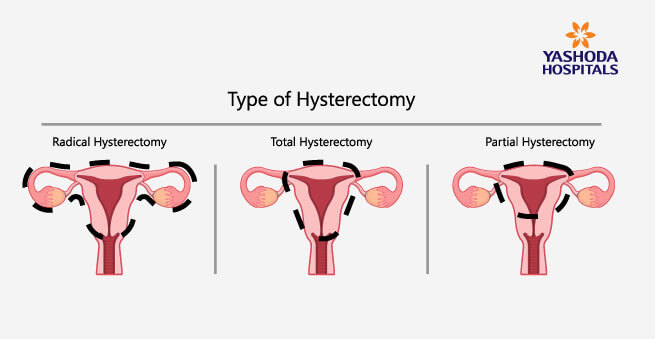
- Lymphadenectomy/lymph node dissection: The surgeon may remove lymph nodes in the pelvic and paraaortic areas during this procedure.
- Omentectomy: The thin tissue that protects the stomach and intestines is removed during surgery.
- Cytoreductive surgery: Women with metastatic cancer, or cancer that has spread to another part of the body, undergo this surgery. The aim of cytoreductive surgery is to remove as much tumour as possible while keeping the patient healthy. This may involve tissue removal from surrounding organs including the spleen, liver, and a portion of the small bowel or colon. It’s also possible that a portion of each of these organs would be removed. Since it eliminates masses that may be pressing on other organs, this method may help reduce a person’s symptoms. It can improve the efficacy of other post-surgery treatments, such as chemotherapy, in controlling the disease that remains. Doctors may use chemotherapy to shrink the tumour before cytoreductive or debulking surgery if the disease has spread beyond the ovaries, fallopian tubes, or peritoneum which is called Neoadjuvant chemotherapy.
Chemotherapy: These medications are designed to destroy cancer cells. Chemotherapy medications, whether taken orally, as an injection, or as an infusion, affect the entire body. Intraperitoneal chemotherapy is another alternative. In this case, the medication is delivered directly to the cancerous region of the body through a tube. Chemotherapy can have a wide range of side effects, particularly if it is administered to the entire body.
Targeted therapy: Some cancer therapies target particular cells that aid in the spread of cancer. The aim of targeted therapy is to limit the adverse effects by focusing on specific functions.
Radiation therapy: X-rays are used to destroy cancer cells in this procedure. Injecting a radioactive liquid into the peritoneum is one way to do this. People with advanced ovarian cancer can benefit from this treatment modality.
Immunotherapy (biotherapy): This is intended to improve the immune system’s ability to protect the body from cancer. Vaccine therapy involves injecting medications that can find and destroy a tumour. It can be beneficial to women who have advanced ovarian cancer.
Conclusion
Ovarian cancer can be treatable if diagnosed at an early stage. Few types of ovarian cancer are even treatable in the later stages. The medical advancements have been improving the outlook of treatment for ovarian cancer over the past few decades. Yet, regular screening and seeking medical attention if any symptoms appear can often lead to an early diagnosis increasing the chance of receiving effective treatment.
References:
- Ovarian Cancer, healthline. https://www.healthline.com/health/ovarian-cancer#treatment. Accessed on 5th May 2021.
- Ovarian Cancer, MedicalNewsToday. https://www.medicalnewstoday.com/articles/159675. Accessed on 5th May 2021.
- Ovarian, Fallopian Tube, and Peritoneal Cancer, American Society of Clinical Oncology (ASCO). https://www.cancer.net/cancer-types/ovarian-fallopian-tube-and-peritoneal-cancer/introduction. Accessed on 6th May 2021.
- Ovarian cancer, MayoClinic. https://www.mayoclinic.org/diseases-conditions/ovarian-cancer/symptoms-causes/syc-20375941. Accessed on 6th May 2021.
About Author –
Dr. K. Sreekanth, Consultant Surgical Oncologist, Yashoda Hospital, Hyderabad
MS, M.Ch (Surgical Oncology)





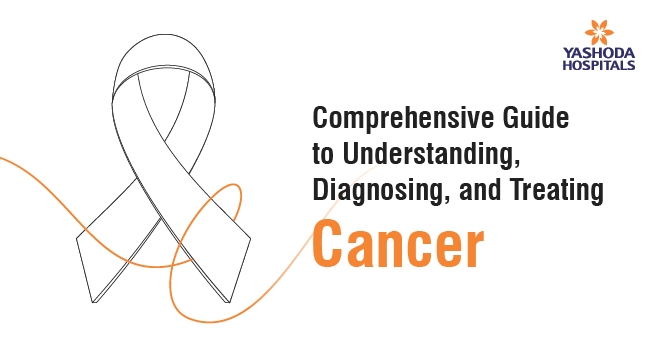




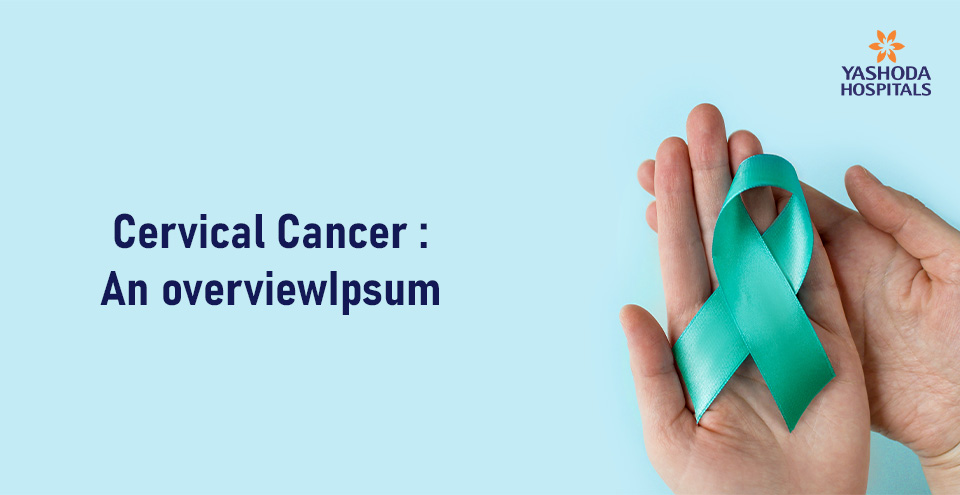
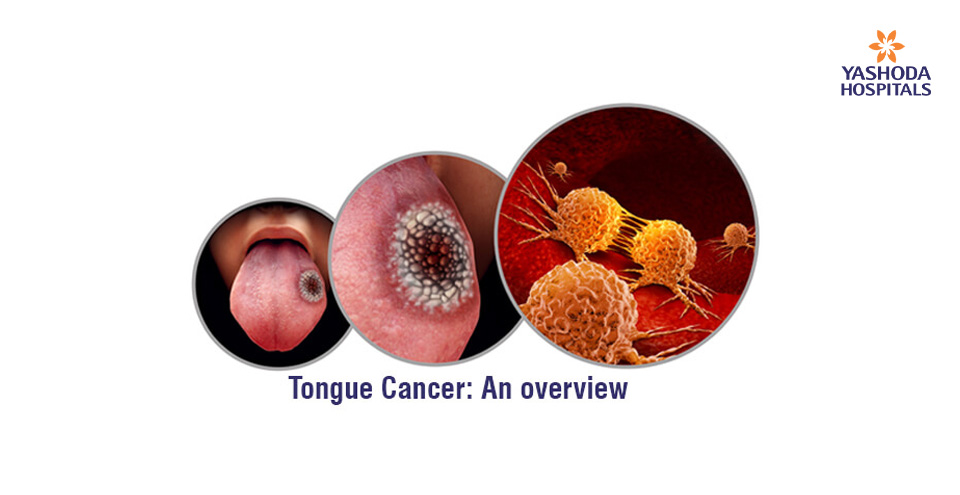
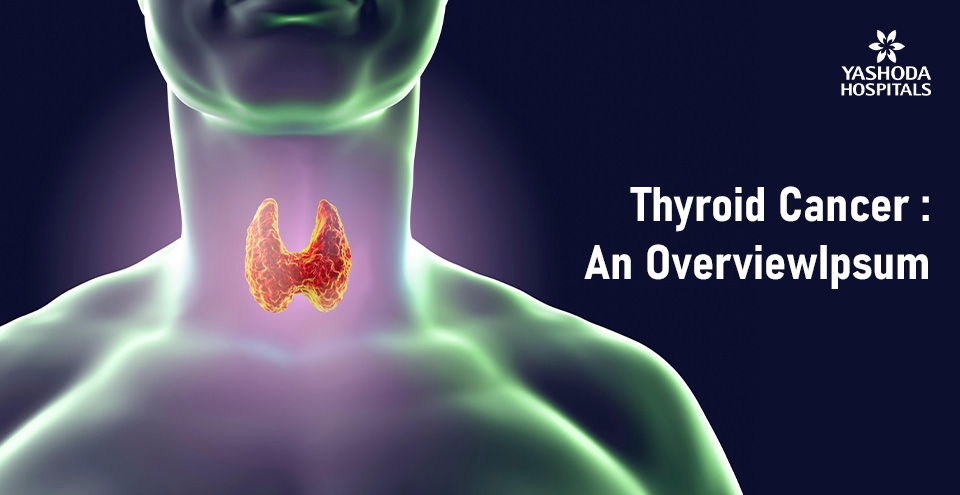
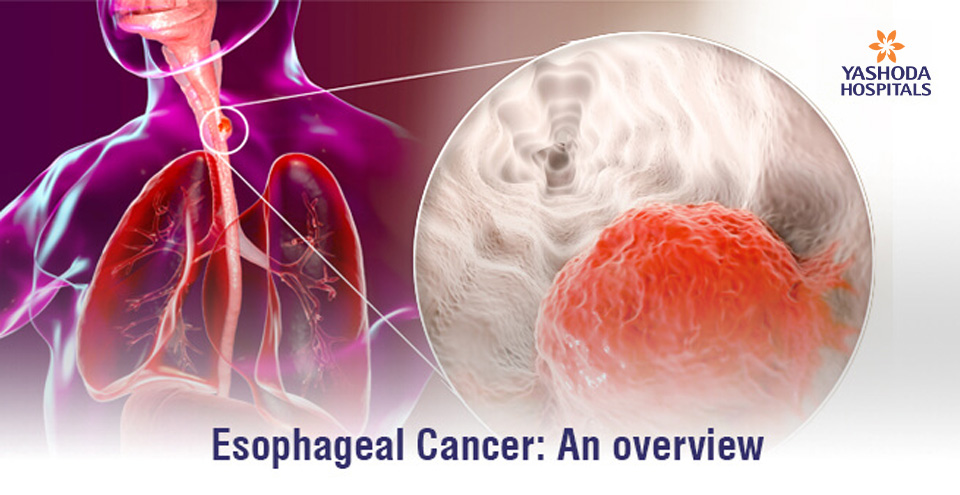

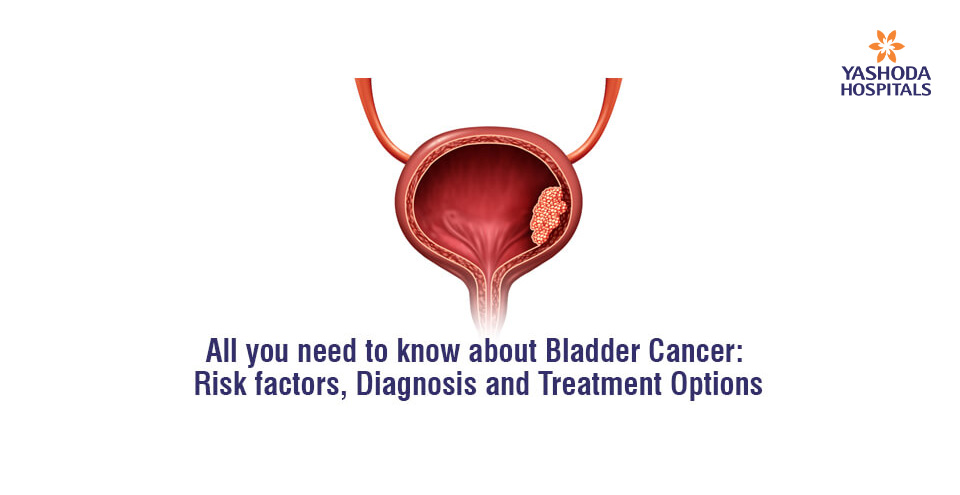





 Appointment
Appointment WhatsApp
WhatsApp Call
Call More
More

